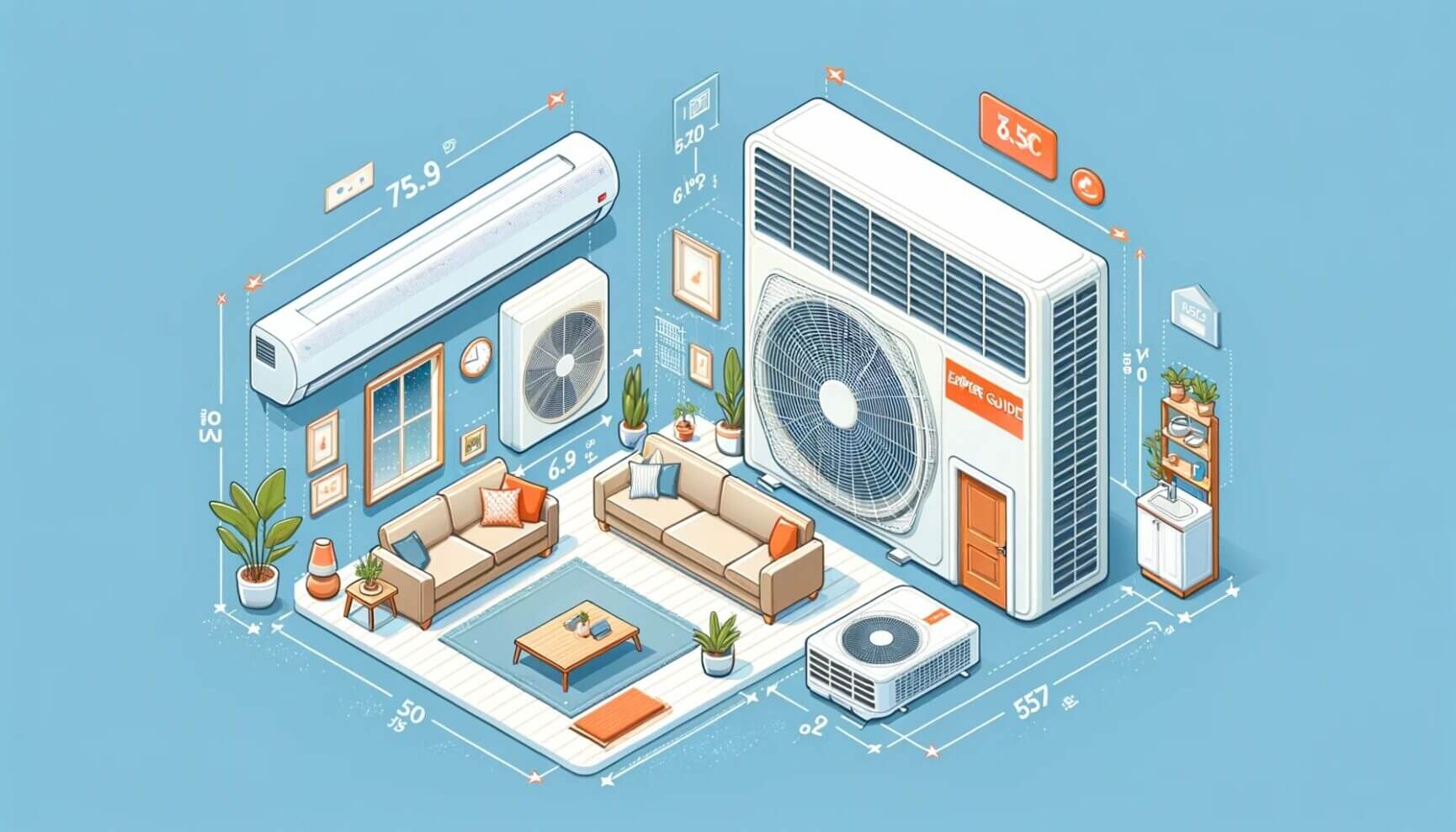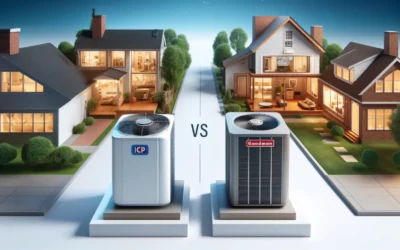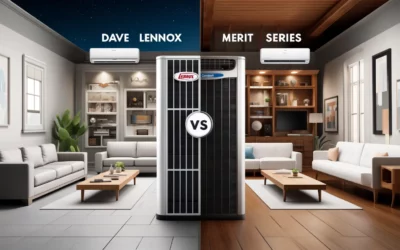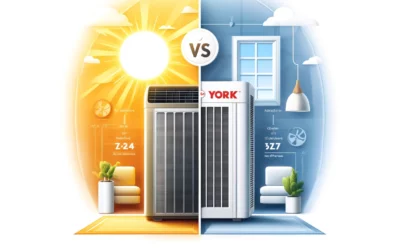Welcome to our comprehensive guide on “Choosing the Perfect Mini Split AC Size for Your Home.” This expertly curated post is intended to provide detailed insights, as deduced from real-life experiences and practical applications, that will guide you in selecting a mini split AC suitable for your home. It encompasses technical factors, crucial considerations, and expert opinions that will empower you to make the right choice. This guide aims to simplify the often complex process of choosing an AC by providing easy-to-digest, factual information. By the end, you’ll have a clear understanding of what to look for in a mini split AC concerning your specific needs, increasing both your comfort and the efficiency of your unit. Whether you are a first-time buyer or looking to replace an old unit, this guide is a valuable resource for making an informed decision. Stay tuned and be ready to discover the best way to enhance your home comfort!
Understanding the Importance of Picking the Correct Mini Split AC Size
In your quest for climate control within your home, you may have come across the term ‘Mini Split AC. As the name suggests, these devices use a miniature split system to provide cooling to your home. However, the sizing of these devices is crucial in determining their efficiency and performance.
A common misconception is that a larger unit will provide better cooling. But, an AC that’s too big for your space cools quickly but doesn’t run long enough to remove humidity, leaving you with a clammy, uncomfortable space. Conversely, a unit that is too small will constantly run, pushing your energy bills through the roof and still not achieving optimal comfort levels.
.wp-block-table.aligncenter {
margin-left: auto;
margin-right: auto;
}
| Mini Split AC Size | Appropriate for Room Size |
| 9,000 BTU | Up to 350 sq. feet |
| 12,000 BTU | 350 – 500 sq. feet |
| 18,000 BTU | 500 – 700 sq. feet |
| 24,000 BTU | 700 – 1000 sq. feet |
Selecting the correct size not only maximizes energy efficiency but also optimizes your home’s comfort level. Ultimately, the key lies in balancing the physical dimensions of your room, the required cooling power, and the energy consumption. Consider factors such as:
- Dimensions of the room
- Insulation quality
- Sunlight exposure
Understanding these factors helps in gauging the perfect BTU (British Thermal Unit) for your living space. Remember, a correctly sized AC ensures that you’re not wasting energy and contributes towards sustainable living, making it a win-win scenario.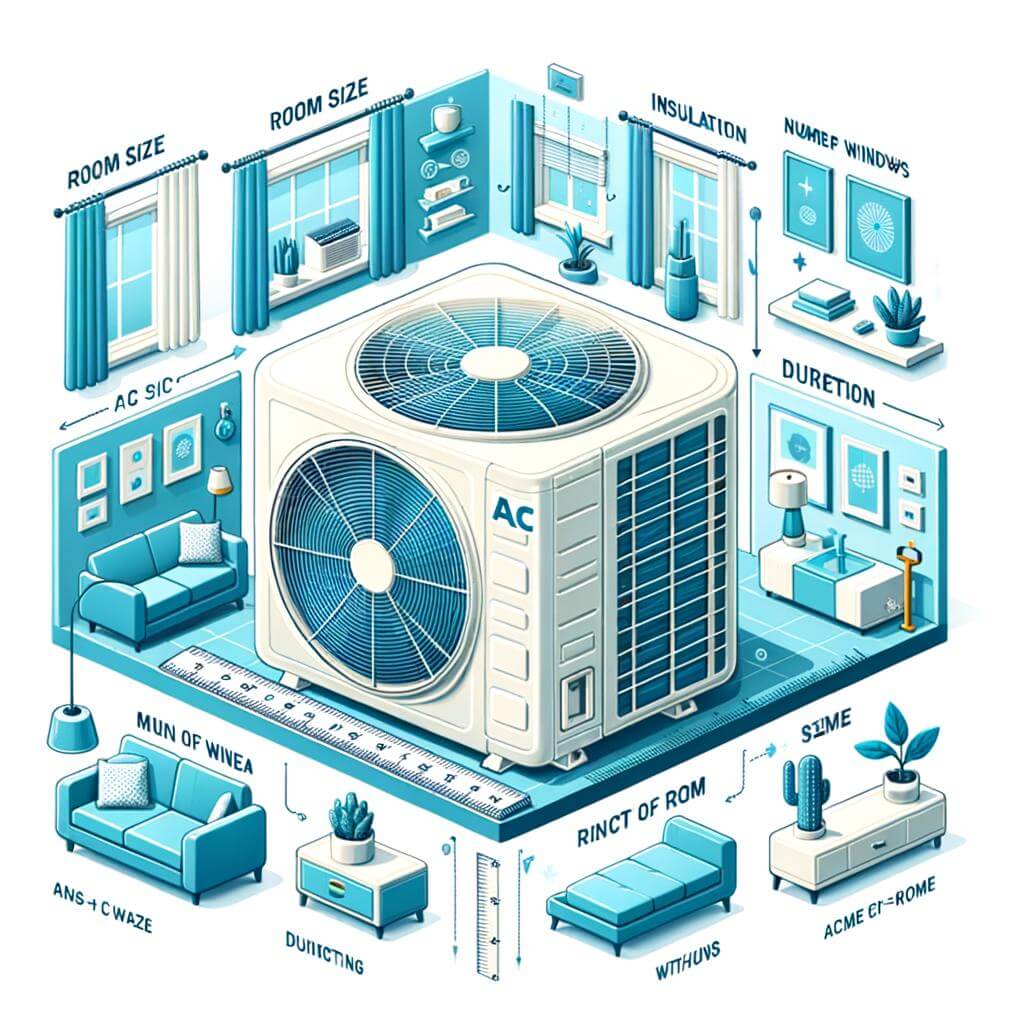
Key Factors to Consider for Choosing the Perfect Mini Split AC Size
Assessing Your Room Size
One of the most essential steps in selecting the ideal mini split AC size is to effectively evaluate the size of your room. Bigger rooms will definitely require a larger system to guarantee effective cooling. A unit that’s too small won’t be sufficient, and one that’s too large may result in higher energy consumption. Each AC unit operates based on British Thermal Units (BTUs), which is a measure of the cooling capacity of the air conditioner. As a rule of thumb, you need approximately 20 BTUs per square foot of space. Therefore, calculate the square footage of your room and multiply it by 20 to determine the correct BTUs.
Consider The Height of Ceilings and Insulation Level
Beyond the basic dimensions of your room, it’s crucial to consider other physical characteristics of your space as well. High ceilings, for example, increase the volume of space in the room, requiring more cooling capacity. Typical AC sizing calculations are based on 8-foot ceiling heights. If your room’s ceiling is higher, adjust your BTU requirements accordingly. In addition, the level of insulation in your home plays a significant role. Houses with effective insulation require less cooling power because they manage to maintain the cool air more efficiently. Hence, houses with high ceilings or poor insulation will need AC units with higher BTUs.
| Room Size (in square feet) | BTUs Needed (for 8-foot-ceilings) | BTUs Needed (for 10-foot-ceilings) |
|---|---|---|
| 150 | 3,000 | 3,750 |
| 250 | 5,000 | 6,250 |
| 500 | 10,000 | 12,500 |

An Expert’s Insight on Calculating the Required BTU for Your Space
If you’re seeking to optimize your indoor climate, understanding the right British Thermal Units (BTUs) for your space is essential. Calculating the required BTUs helps in ensuring that you achieve the perfect balance between efficiency and comfort. Here, we delve into an expert analysis of this process.
To begin with, you must know the square footage of the area you want to air condition. For this, you simply measure the length and width of the space in feet, then multiply these two measurements. Secondly, consider the sun’s impact on your room. For example, if the room is heavily shaded, reduce your BTU by 10%, but if it’s very sunny, increase it by 10%. Thirdly, if the AC is going to be used in a kitchen, add an additional 4,000 BTU. Then, consider the number of people who’ll regularly occupy the room - add 600 BTU for each person if more than two people will be using the space regularly.
| Room Size (Sq Ft) | BTU Needed |
|---|---|
| Up to 150 | 5,000 |
| 150 to 250 | 6,000 |
| 250 to 300 | 7,000 |
| 300 to 350 | 8,000 |
| 350 to 400 | 9,000 |
Using the table above, you can roughly estimate the BTUs required for your room size. Remember, these figures may need adjustment based on the sun’s impact, number of people and purpose of the room.
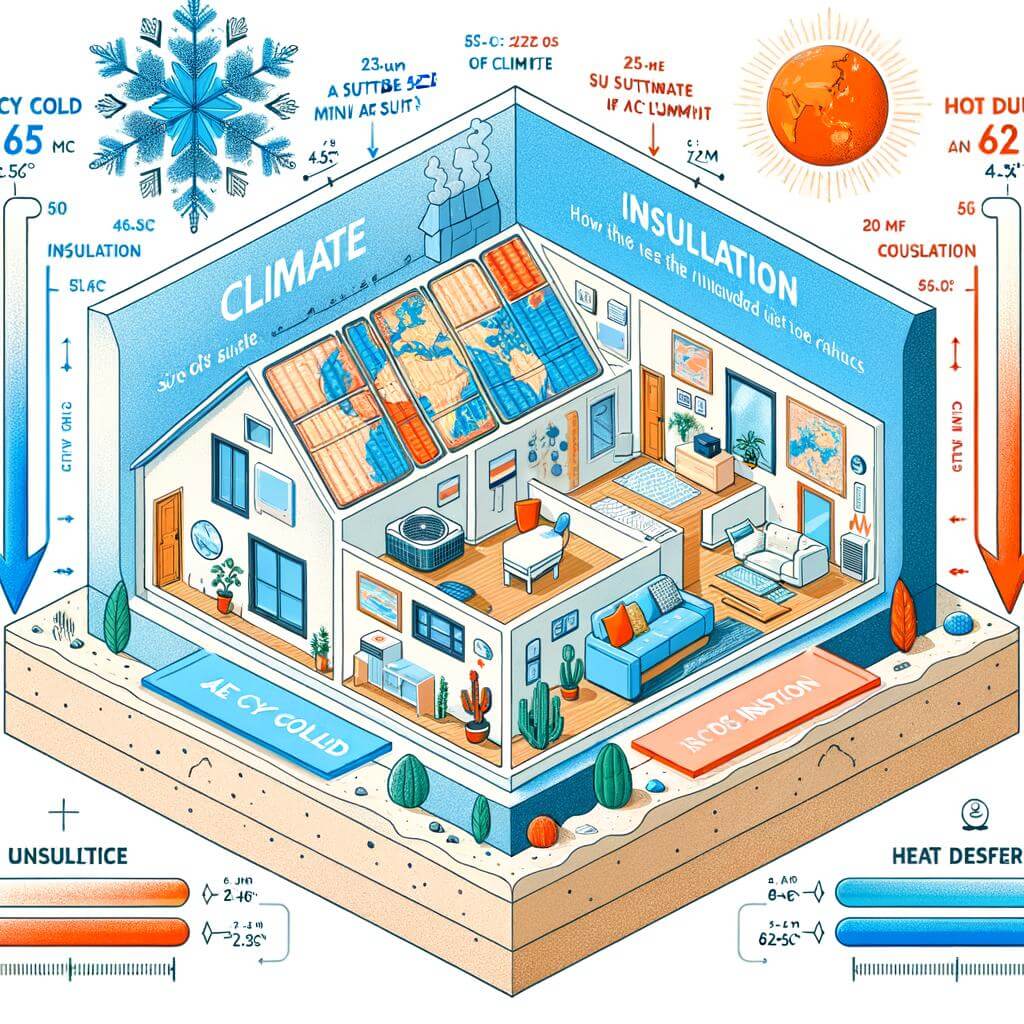
Decoding the Role of Climate and Insulation in Selecting Mini Split AC Size
When considering the role of climate in choosing a mini split AC size, it’s important to note that the geographical location of your home will largely determine the size of AC required. This is because the size of the AC unit, measured in British Thermal Units (BTUs), should be directly proportional to the thermal load of the environment. For instance, areas with milder temperatures might require around 20 BTUs per square foot, while hotter regions demand air conditioners with a capacity of 25-30 BTUs per square foot. The type and quality of insulation installed in your dwelling also significantly influences the ideal size of your mini split AC. Good insulation reduces the heat gain or loss in your home, thus requires less BTUs to evenly cool or heat your living space. On the other hand, poor insulation means a larger capacity air conditioner would be required to achieve the desired indoor temperature. When calculating your BTU requirements, consider the following factors related to insulation:
- Insulation material: Different materials have different insulation properties. For instance, fiberglass and wool insulation are more efficient than cellulose or reflective foil.
- Insulation thickness: As a general rule, the thicker the insulation, the better the thermal efficiency.
- Quality of installation: Proper installation will eliminate gaps or leaks, thus improving the efficiency of the insulation.
To provide further clarity, let’s look at a representation of different BTU requirements in relation to both, climate and insulation levels:
| Region/Climate | Good Insulation (BTUs per sq ft) | Poor Insulation (BTUs per sq ft) |
|---|---|---|
| Mild Areas | 20 | 25 |
| Hot Regions | 25 | 30 |
Remember, finding an AC unit with the appropriate size will ensure optimal performance, lower electricity bills, and ensure long-term durability. Both, climate and insulation play a significant role in determining this.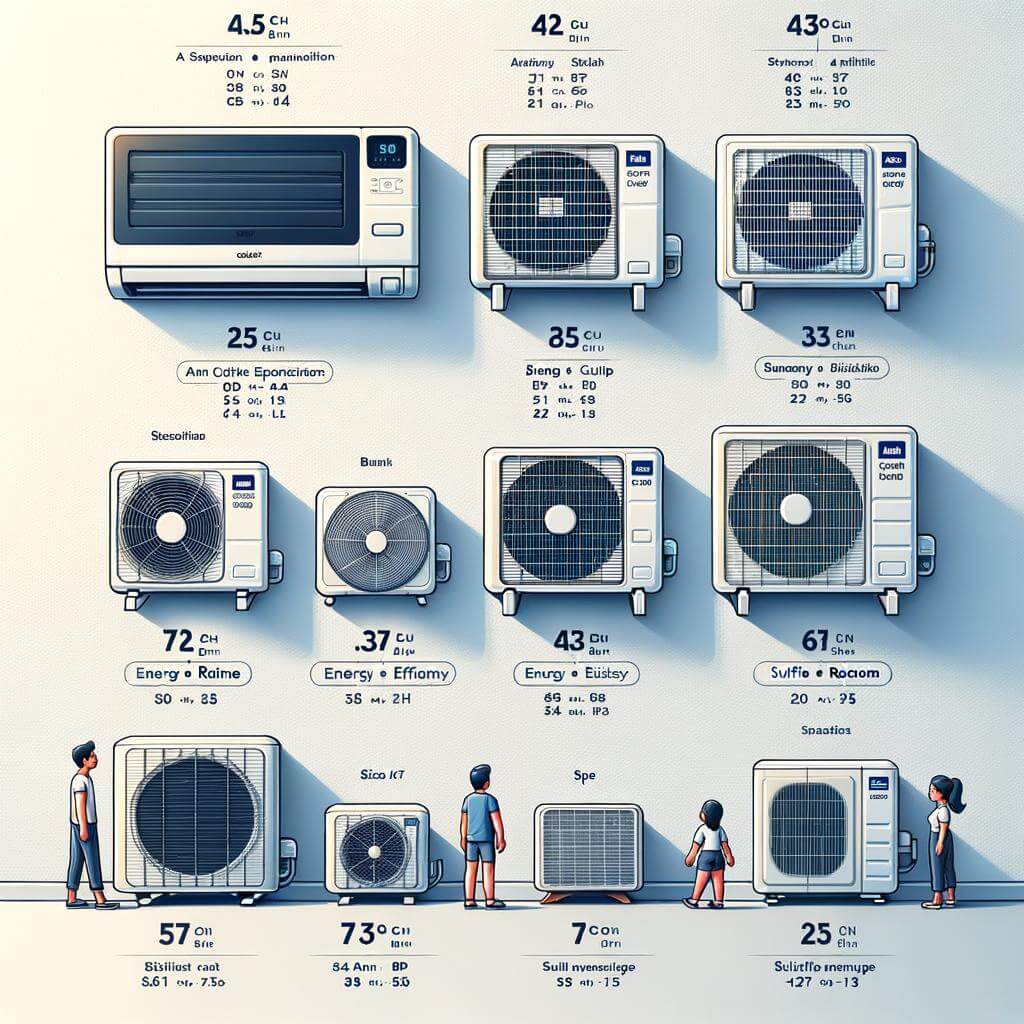
A Comprehensive Guide on Different Sizes of Mini Split ACs Available
When you are considering the purchase of a mini split AC for your home, the size is a critical factor that shouldn’t be overlooked. The size determines the cooling capacity; as such, getting it right is crucial in ensuring efficient energy use and optimal room temperature. There are several sizes available, each suitable for a specific room size or type. Here’s a comprehensive list of the different sizes of mini split ACs available:
- 9,000 BTU: Ideally suited for spaces up to 400 square feet.
- 12,000 BTU: Suitable for spaces from 400 to 650 square feet.
- 18,000 BTU: Perfect for spaces ranging from 650 to 1,000 square feet.
- 24,000 BTU: Ideal for spaces from 1,000 to 1,300 square feet.
Remember, the room size is just one aspect to consider while choosing your mini split AC. Other factors like the ceiling height, insulation condition, number of windows, and heat producing appliances in the room also impact the cooling capacity required. This leads us to the concept of calculating the ‘load’. The load is the amount of cooling or heating a room needs, and understanding this can greatly assist you in selecting the adequately sized mini split AC.
Here is a simplified guide for load calculation:
| Room Size (Sq.Ft.) | Load Calculation (BTU) |
|---|---|
| <=150 | 5000 |
| 150-250 | 6000 |
| 250-300 | 7000 |
| 300-350 | 8000 |
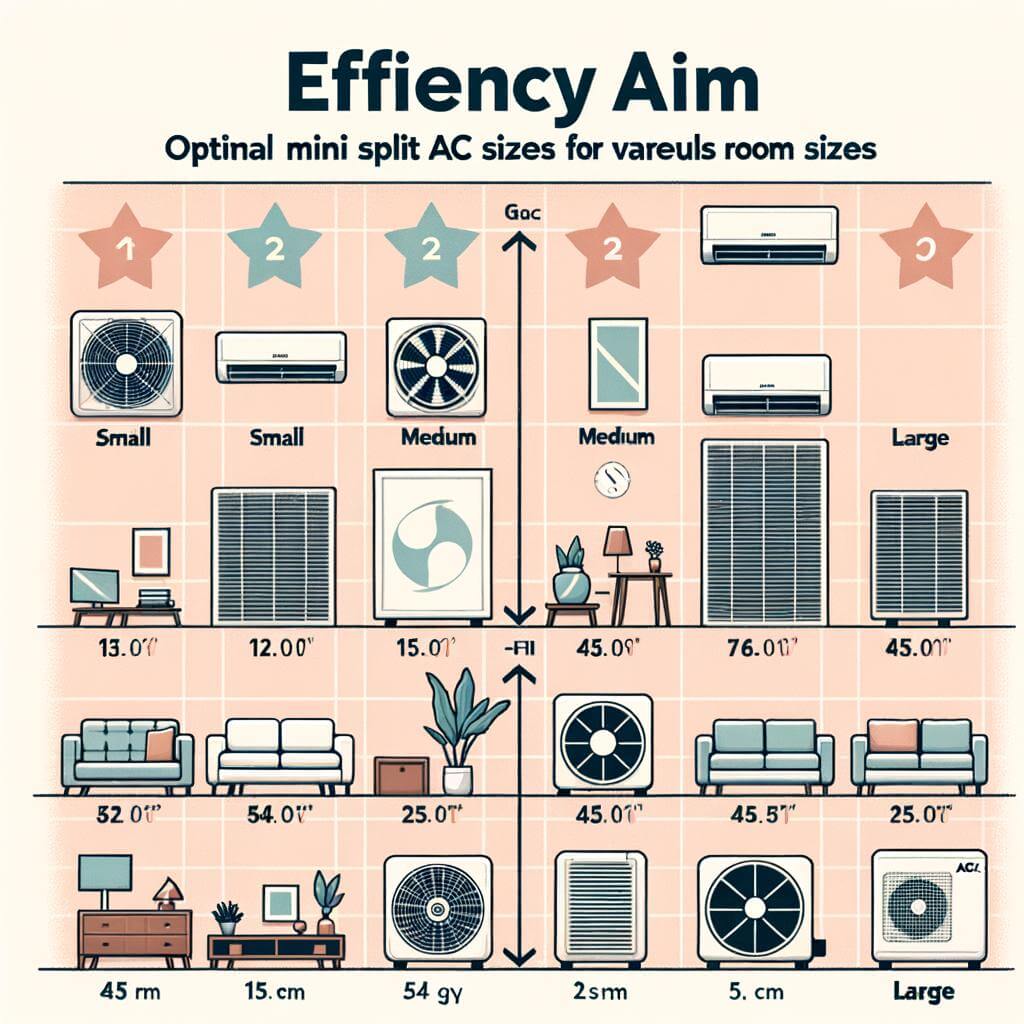
Aiming for Efficiency: Top Recommendations for Mini Split AC Sizes for Various Room Sizes
Choosing the right Mini Split AC size for your home can significantly enhance your comfort level and energy efficacy. While it might seem overwhelming to decide, remember that the proper size of a Mini Split AC isn’t determined by the physical dimensions of the unit alone but also by its capacity to cool the room, measured in BTUs (British Thermal Units). Consider the suggested AC sizes for various rooms:
- Small bedroom or office (100-300 sq ft): 5,000 – 6,000 BTUs
- Medium sized bedroom or kitchen (250-400 sq ft): 7,000 – 8,000 BTUs
- Large bedroom or living room (350-650 sq ft): 9,000 – 12,000 BTUs
- Large open spaces (500-800 sq ft): 14,000 – 18,000 BTUs
Furthermore, while BTU capacity is an important factor, it’s also essential to account for other variables when choosing a Mini Split AC size; these include ceiling height, sun exposure, insulation quality, and the number of occupants in the room.
| Room Condition | Adjustment |
|---|---|
| High Ceilings | Increase capacity by 10% |
| Heavy Sun | Increase capacity by 10% |
| Shady Room | Decrease capacity by 10% |
| More than 2 people | Add 600 BTUs for each additional person |
Choosing an AC with too low a BTU for your room will result in inadequate cooling, whereas an overly large unit will cycle on and off frequently, causing unnecessary energy consumption and possibly shortening your AC’s lifespan. Therefore, it’s always advisable to accurately calculate your room’s cooling needs based on size and condition for the most efficient cooling.
Wrapping Up
In closing, choosing the perfect mini split AC size for your home doesn’t have to be taxing or complex. Armed with the right tools and expert advice, it can be made into a rewarding and beneficial decision process. Ultimately, precision in AC size selection will pave the way for a comfortable, energy-efficient living atmosphere. We hope this guide was handy in untangling the process, shedding light on important factors, and supporting you in making an educated choice. After all, your home deserves the best cooling comfort and you deserve the utmost peace of mind. Keep these tips at your fingertips as you embark on your journey towards a cooler, more comfortable habitat. Happy cooling!

